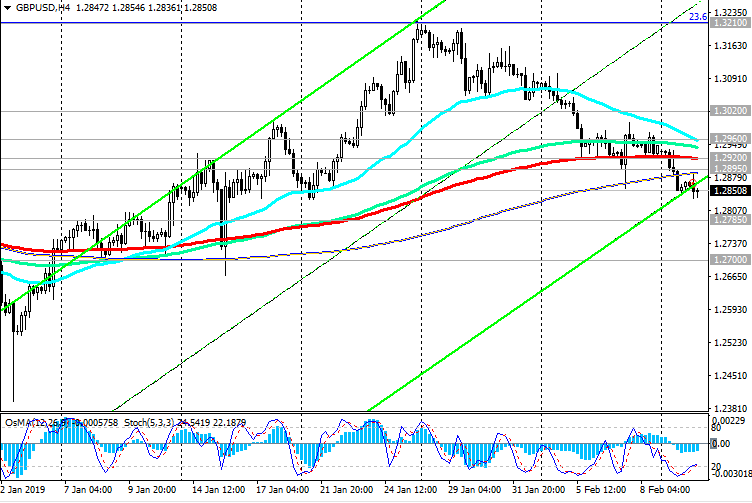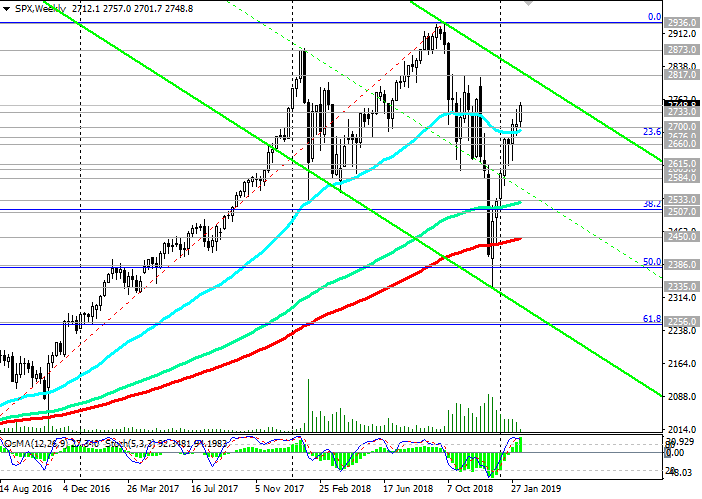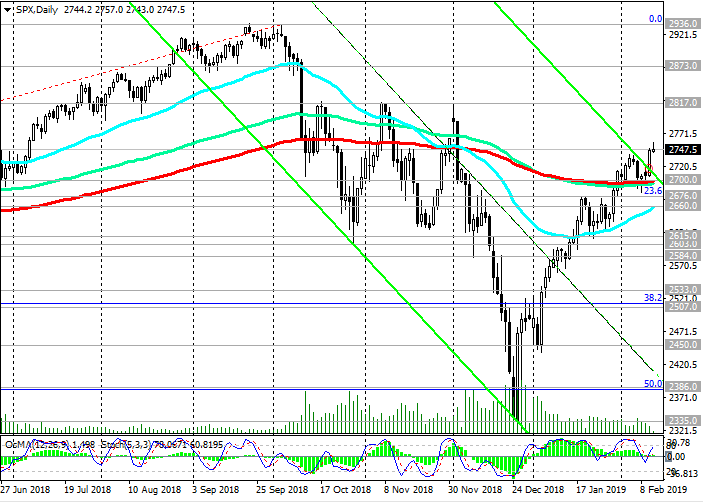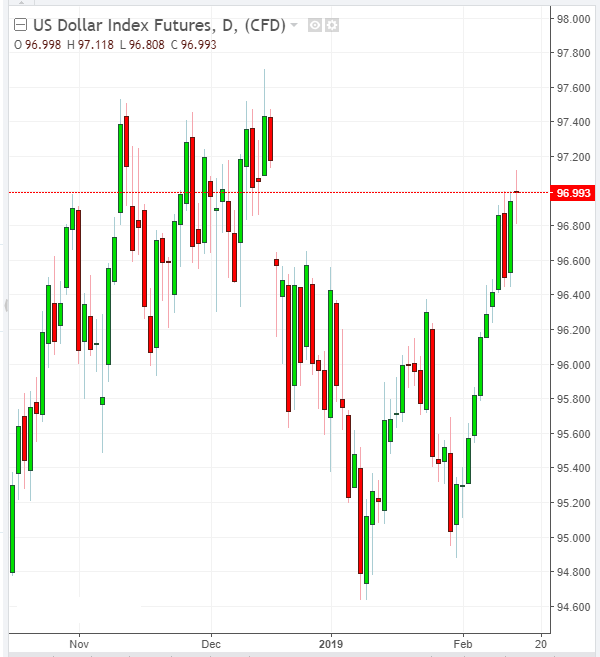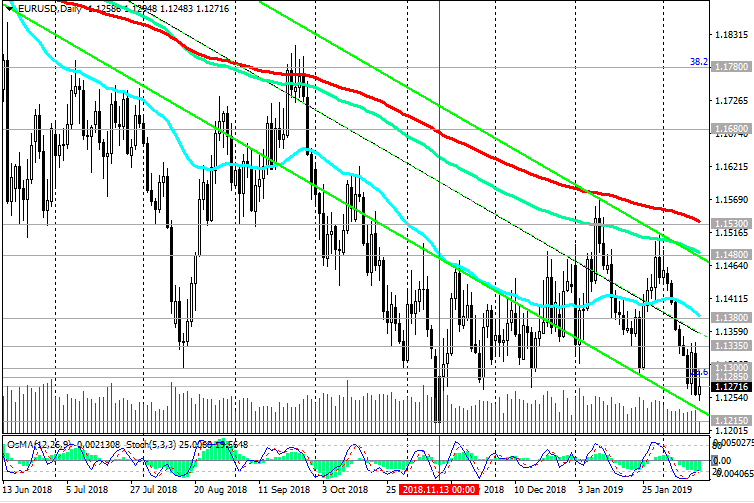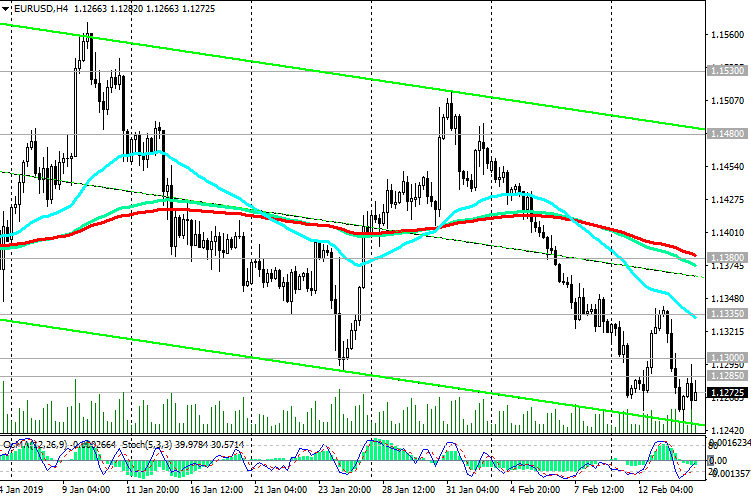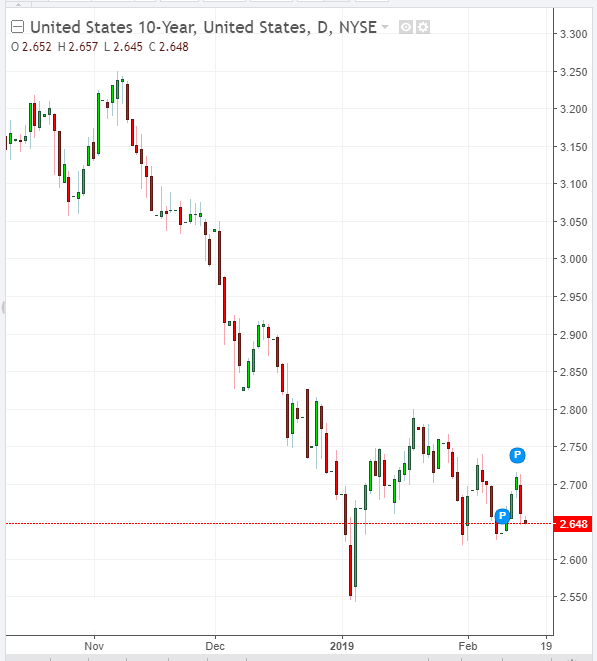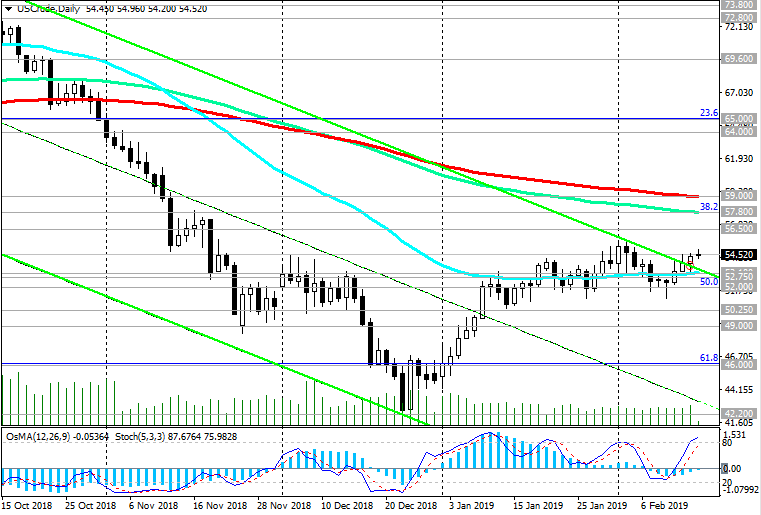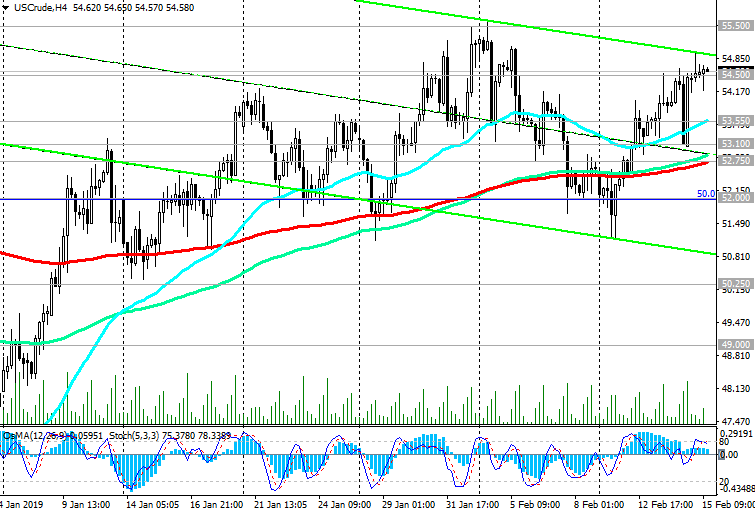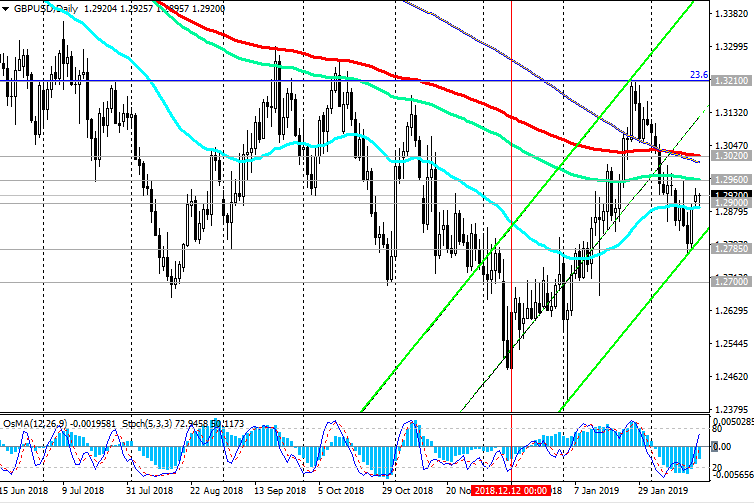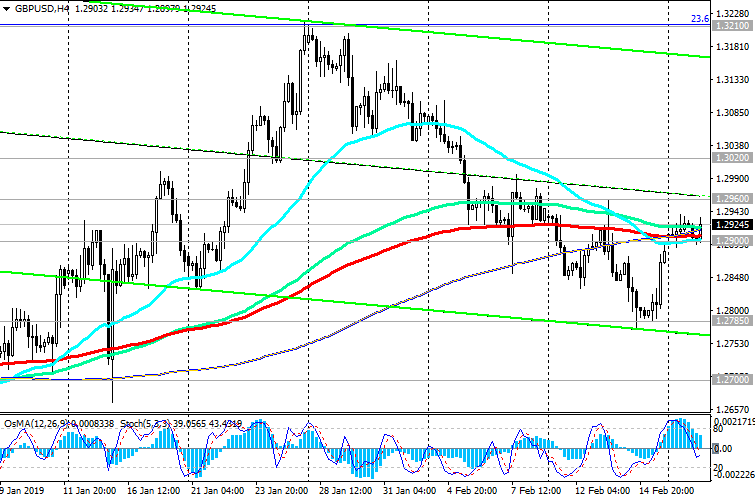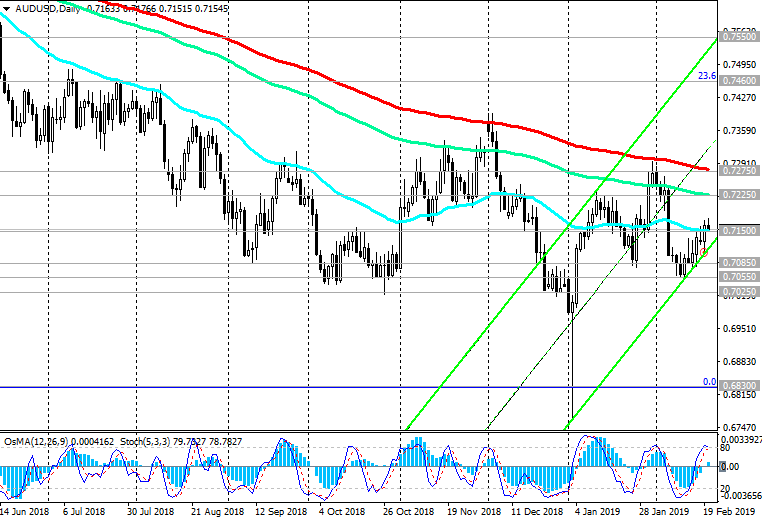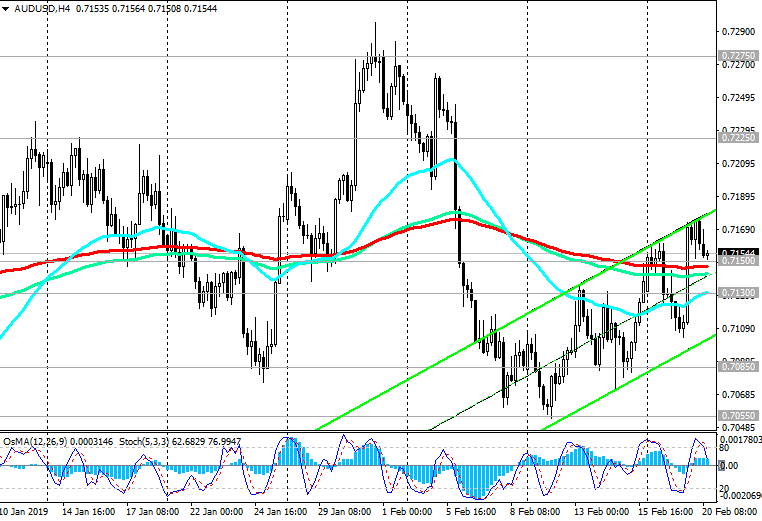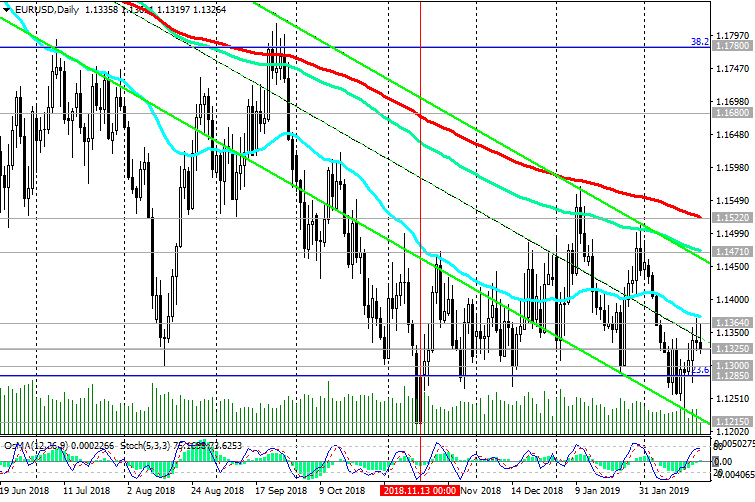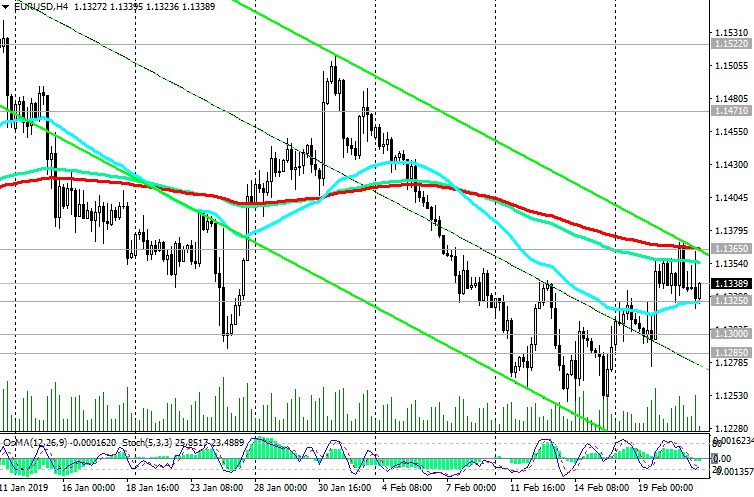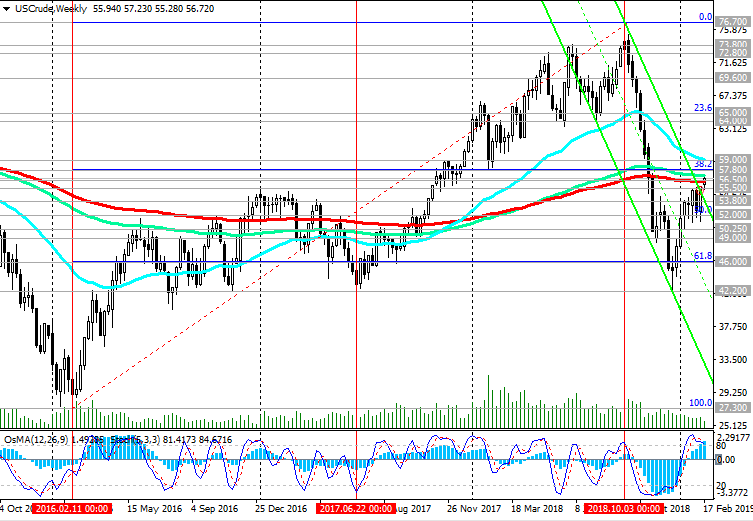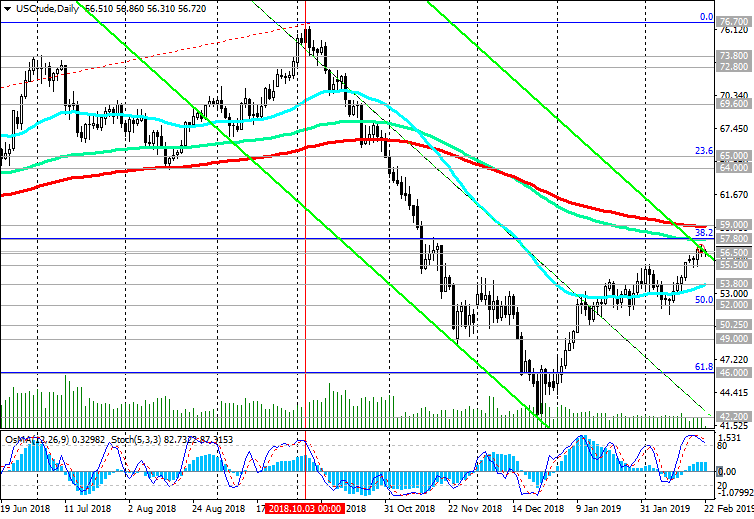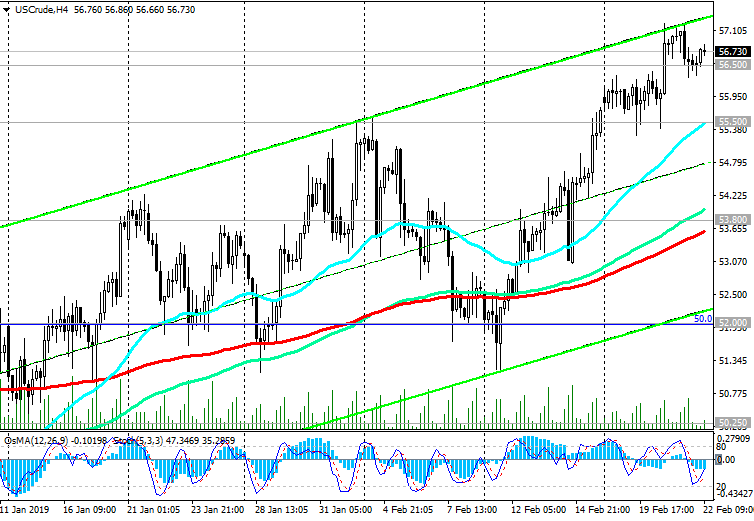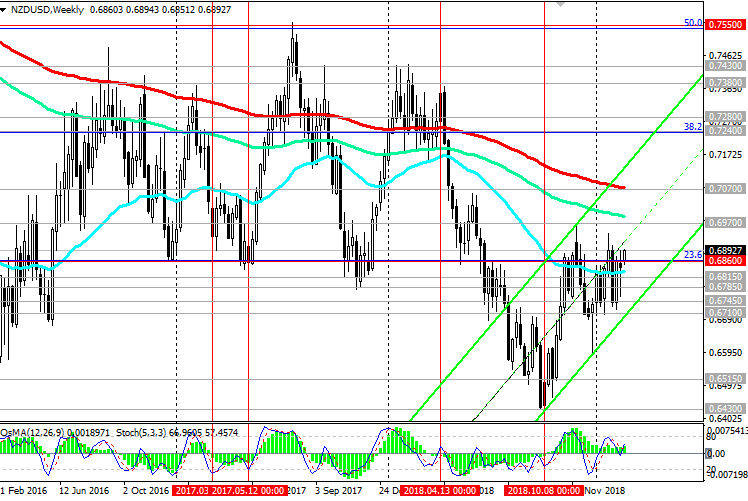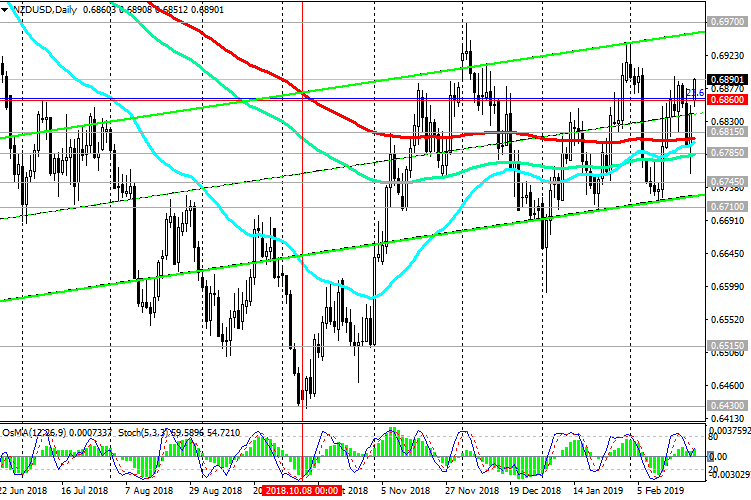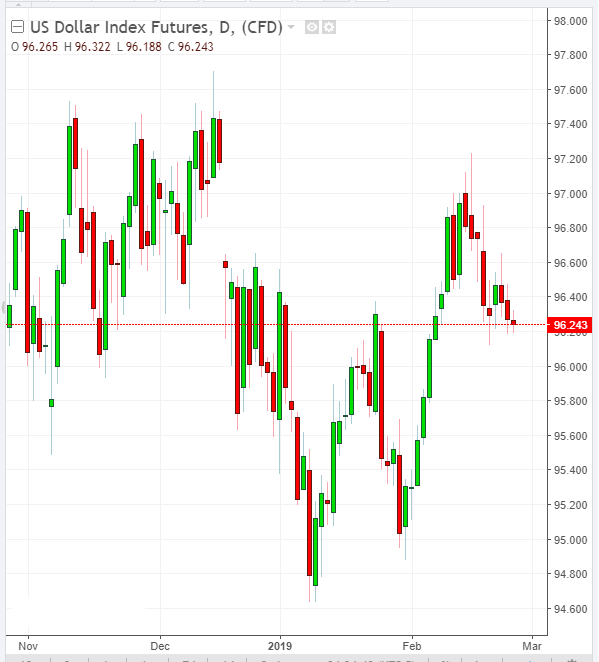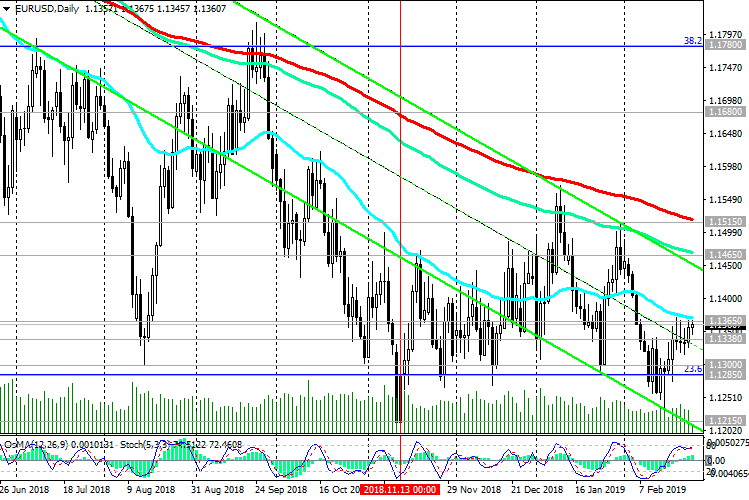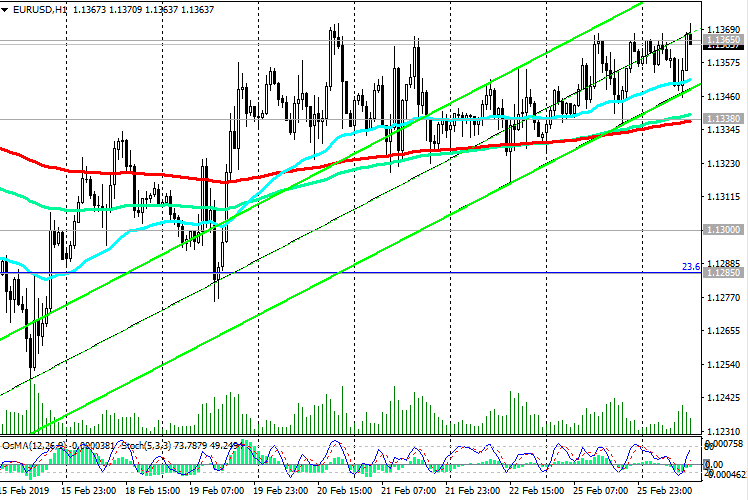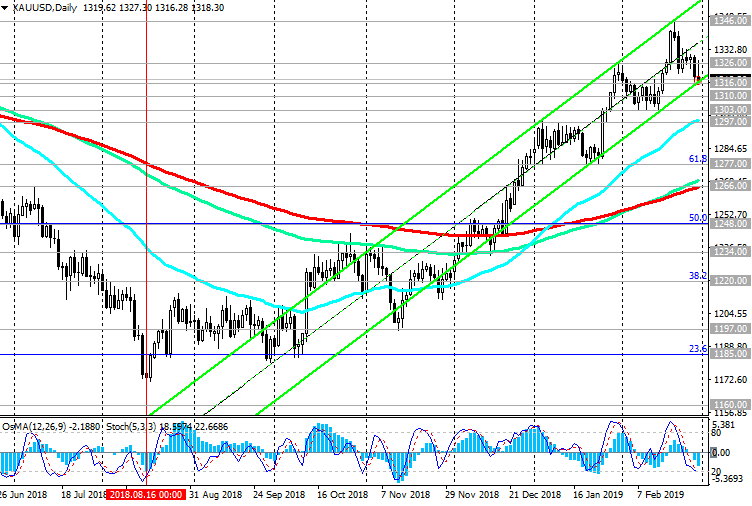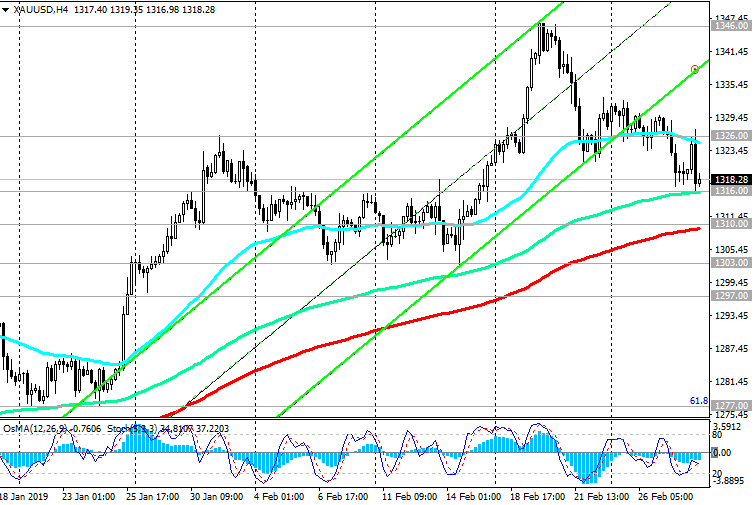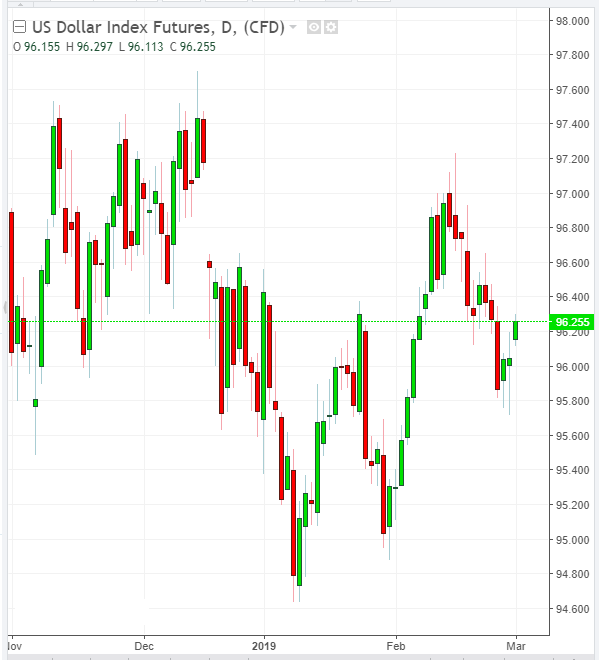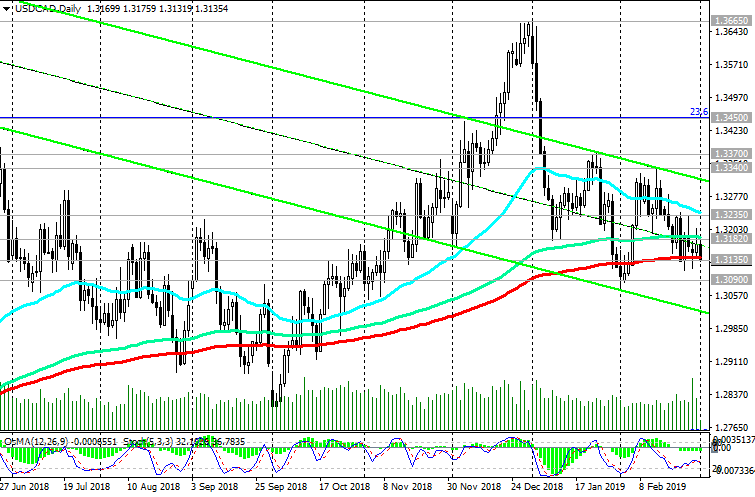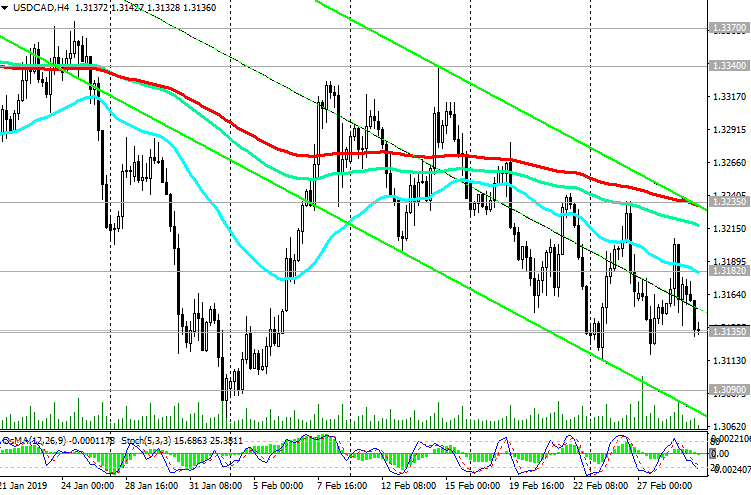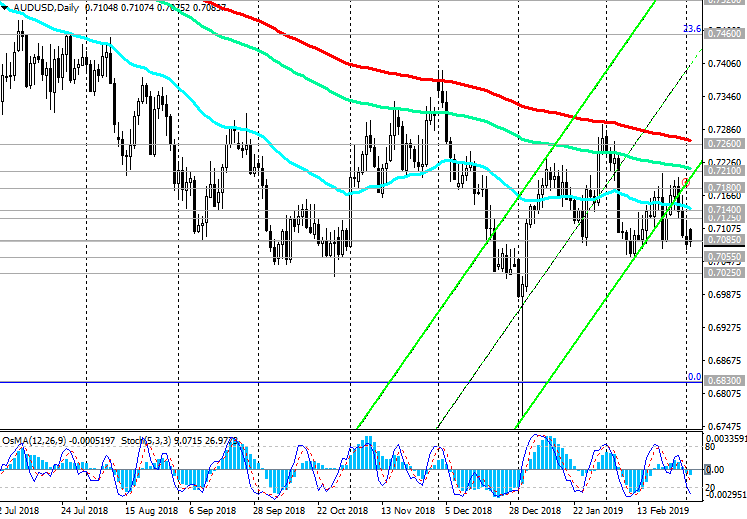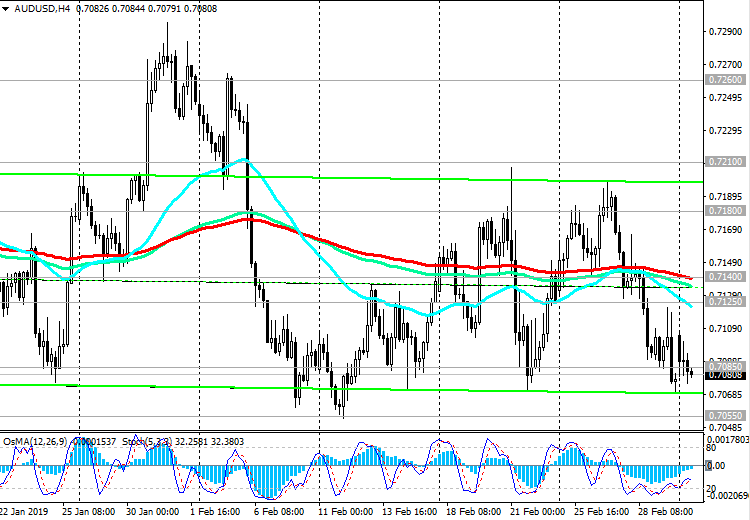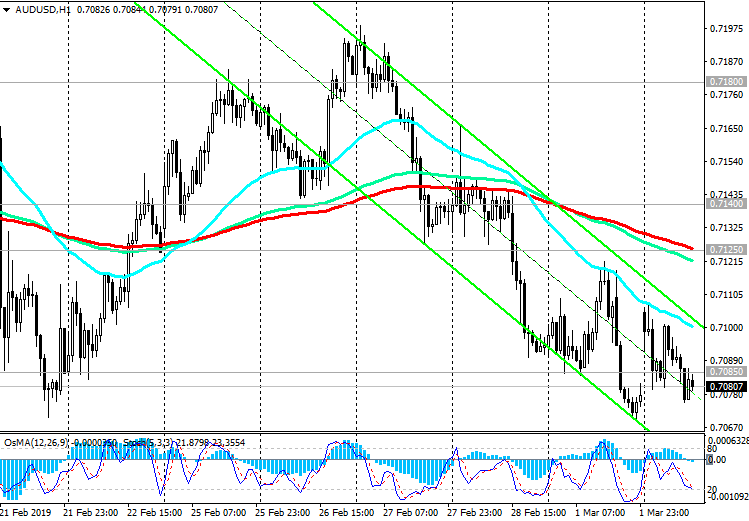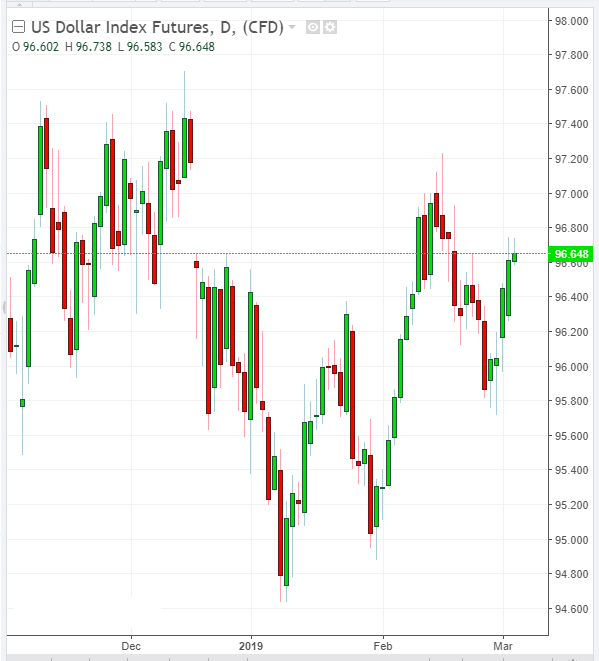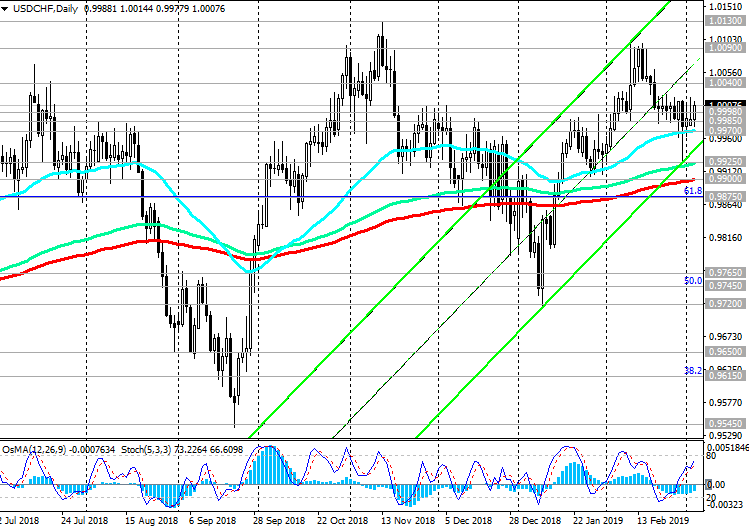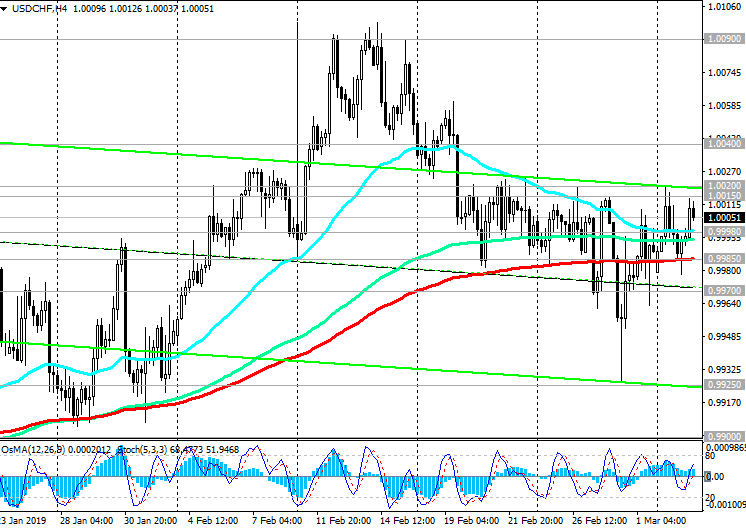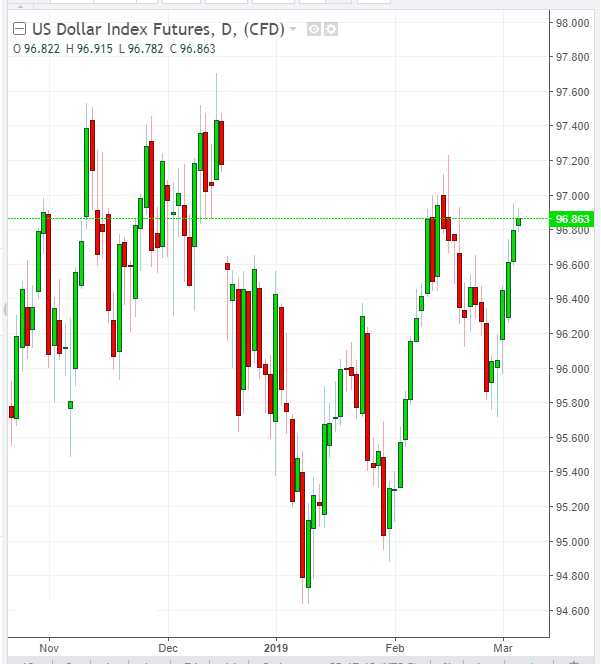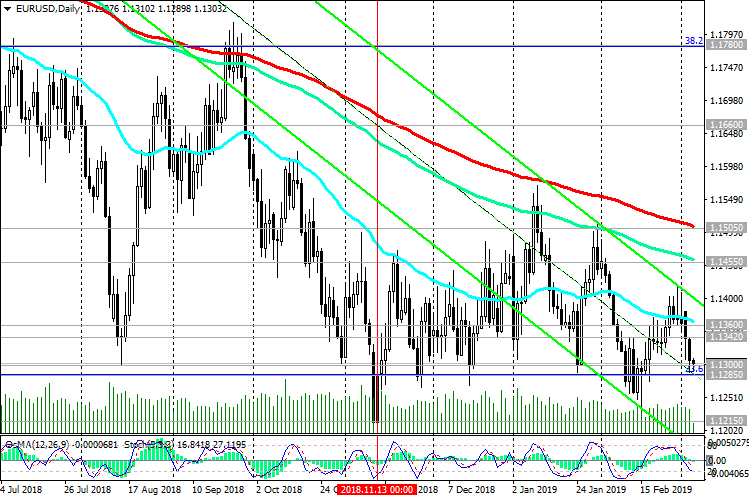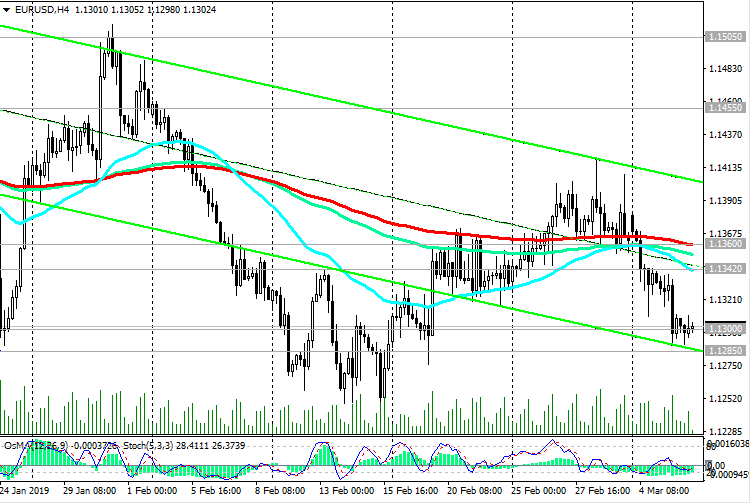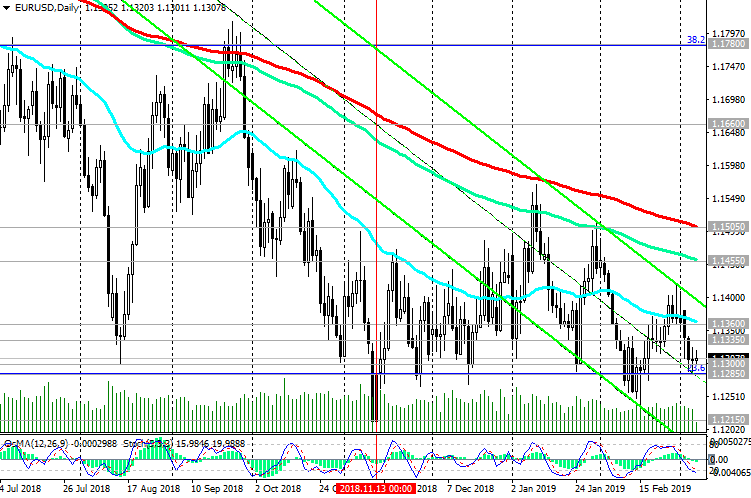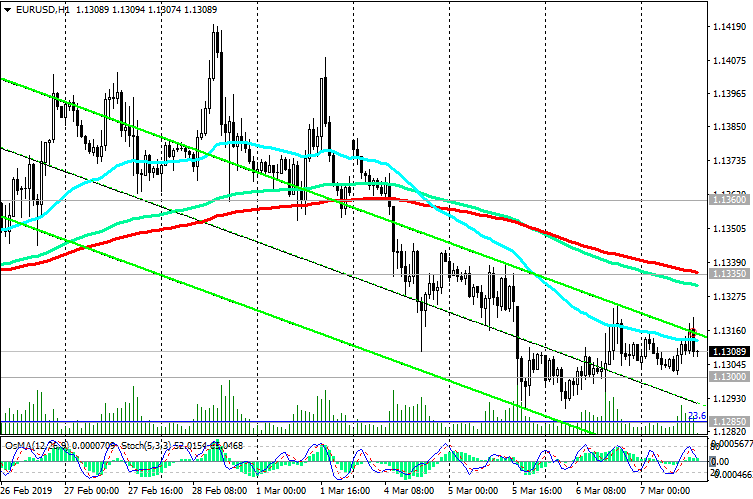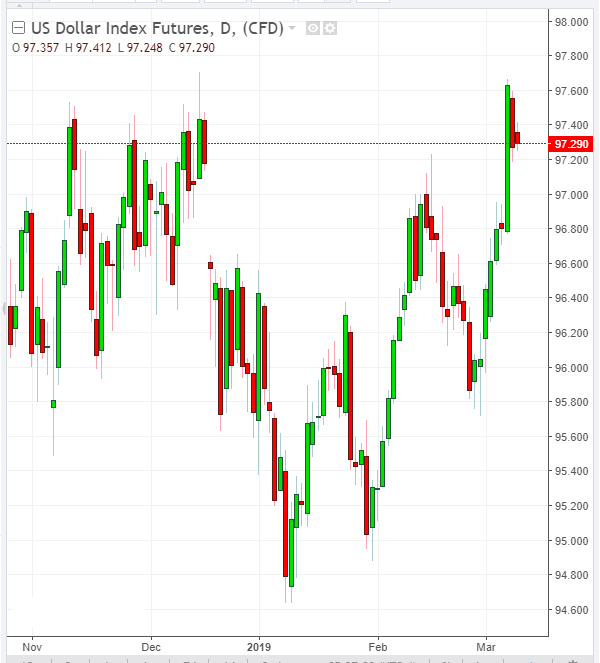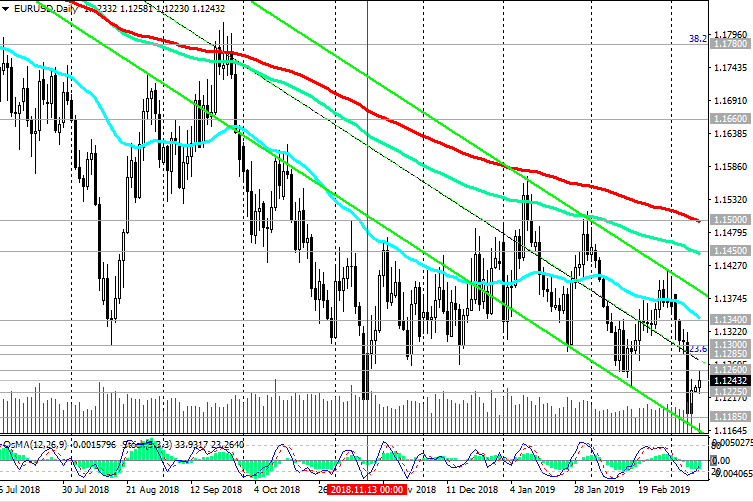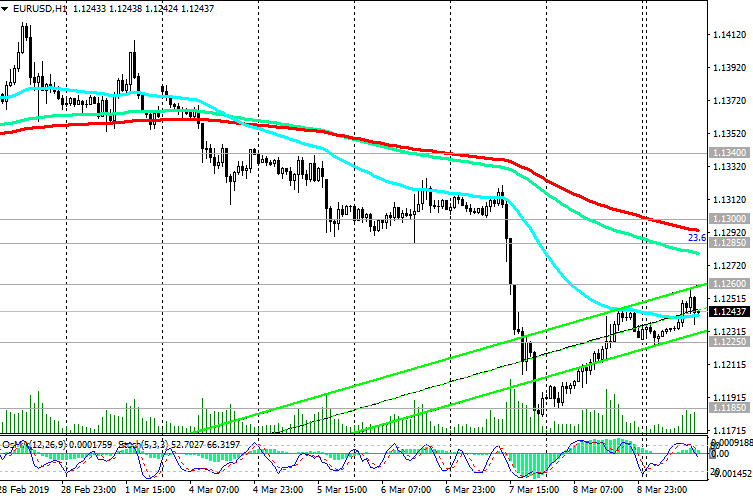TifiaFX
Established member
- Messages
- 641
- Likes
- 0
XAU/USD: Technical Analysis
11/02/2019
The dollar is rising again at the beginning of the new week. DXY dollar index futures traded at the beginning of the European trading session near the 96.62 mark, almost 20 points above the opening price of the trading day.
Meanwhile, the growth of XAU / USD stopped after at the end of January this currency pair reached of the next multi-month high near the mark of 1326.00.
On Monday, XAU / USD broke through an important short-term support level of 1310.00 (ЕМА200 on the 1-hour chart) and continues to decline towards the important support level of 1292.00 (ЕМА200 on the 4-hour chart).
In the event of a breakdown of this support level, XAU / USD may decline to key support levels of 1265.00 (ЕМА200 on the weekly chart), 1259.00 (ЕМА200 on the daily chart). Above these levels there is a long-term positive trend. In the case of their breakdown, XAU / USD risks returning a long-term bearish trend with targets at support levels of 1197.00 (November lows), 1185.00 (Fibonacci 23.6%), 1160.00 (2018 lows).
After the breakdown of the local resistance level of 1326.00, XAU / USD growth may resume with targets at resistance levels of 1357.00 (2017 highs), 1370.00 (start of a decline wave and Fibonacci level 100%).
Below the short-term resistance level of 1310.00, short positions are preferable.
Support Levels: 1302.00, 1292.00, 1277.00, 1265.00, 1259.00, 1248.00, 1234.00, 1220.00, 1197.00, 1185.00, 1160.00
Resistance Levels: 1310.00, 1315.00, 1326.00, 1357.00, 1365.00, 1370.00, 1375.00
Trading recommendations
Sell Stop 1298.00. Stop Loss 1317.00. Take-Profit 1292.00, 1277.00, 1265.00, 1259.00, 1248.00, 1234.00, 1220.00, 1197.00, 1185.00, 1160.00
Buy Stop 1317.00. Stop Loss 1298.00. Take-Profit 1326.00, 1357.00, 1365.00, 1370.00, 1375.00
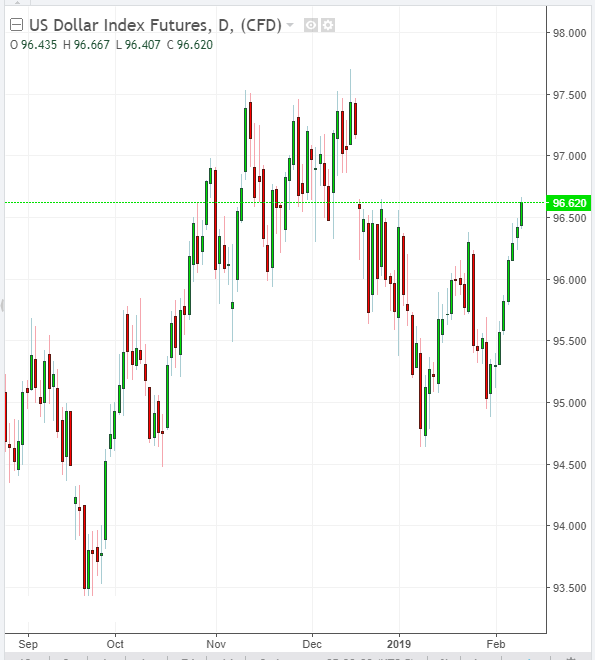
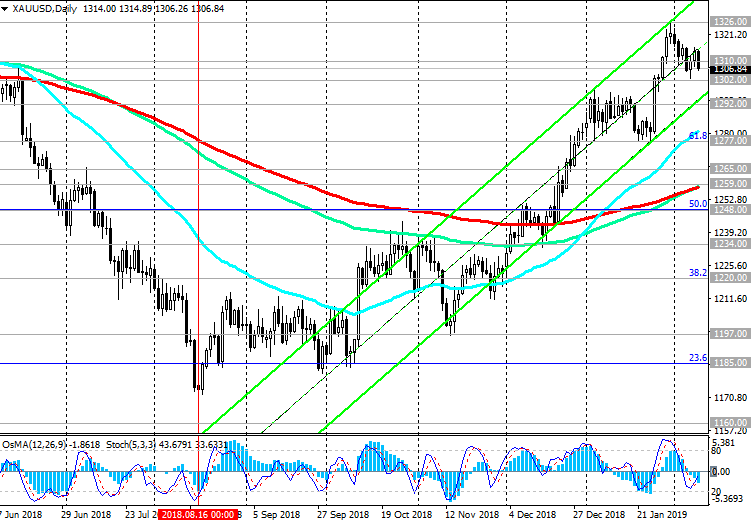
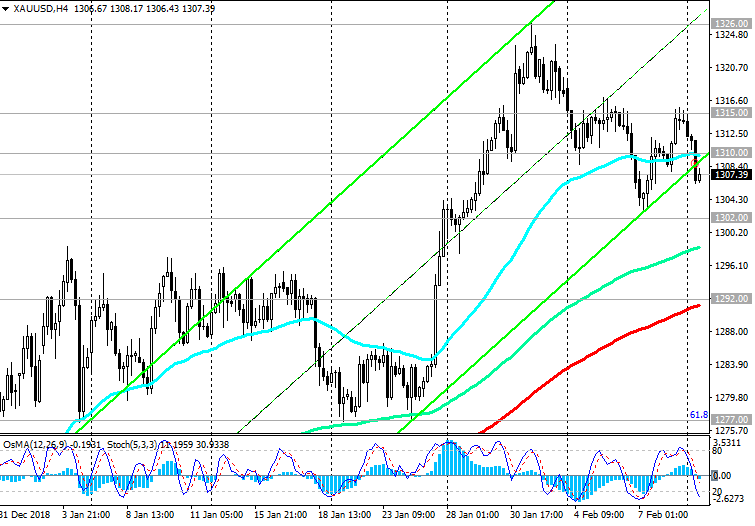
11/02/2019
The dollar is rising again at the beginning of the new week. DXY dollar index futures traded at the beginning of the European trading session near the 96.62 mark, almost 20 points above the opening price of the trading day.
Meanwhile, the growth of XAU / USD stopped after at the end of January this currency pair reached of the next multi-month high near the mark of 1326.00.
On Monday, XAU / USD broke through an important short-term support level of 1310.00 (ЕМА200 on the 1-hour chart) and continues to decline towards the important support level of 1292.00 (ЕМА200 on the 4-hour chart).
In the event of a breakdown of this support level, XAU / USD may decline to key support levels of 1265.00 (ЕМА200 on the weekly chart), 1259.00 (ЕМА200 on the daily chart). Above these levels there is a long-term positive trend. In the case of their breakdown, XAU / USD risks returning a long-term bearish trend with targets at support levels of 1197.00 (November lows), 1185.00 (Fibonacci 23.6%), 1160.00 (2018 lows).
After the breakdown of the local resistance level of 1326.00, XAU / USD growth may resume with targets at resistance levels of 1357.00 (2017 highs), 1370.00 (start of a decline wave and Fibonacci level 100%).
Below the short-term resistance level of 1310.00, short positions are preferable.
Support Levels: 1302.00, 1292.00, 1277.00, 1265.00, 1259.00, 1248.00, 1234.00, 1220.00, 1197.00, 1185.00, 1160.00
Resistance Levels: 1310.00, 1315.00, 1326.00, 1357.00, 1365.00, 1370.00, 1375.00
Trading recommendations
Sell Stop 1298.00. Stop Loss 1317.00. Take-Profit 1292.00, 1277.00, 1265.00, 1259.00, 1248.00, 1234.00, 1220.00, 1197.00, 1185.00, 1160.00
Buy Stop 1317.00. Stop Loss 1298.00. Take-Profit 1326.00, 1357.00, 1365.00, 1370.00, 1375.00






